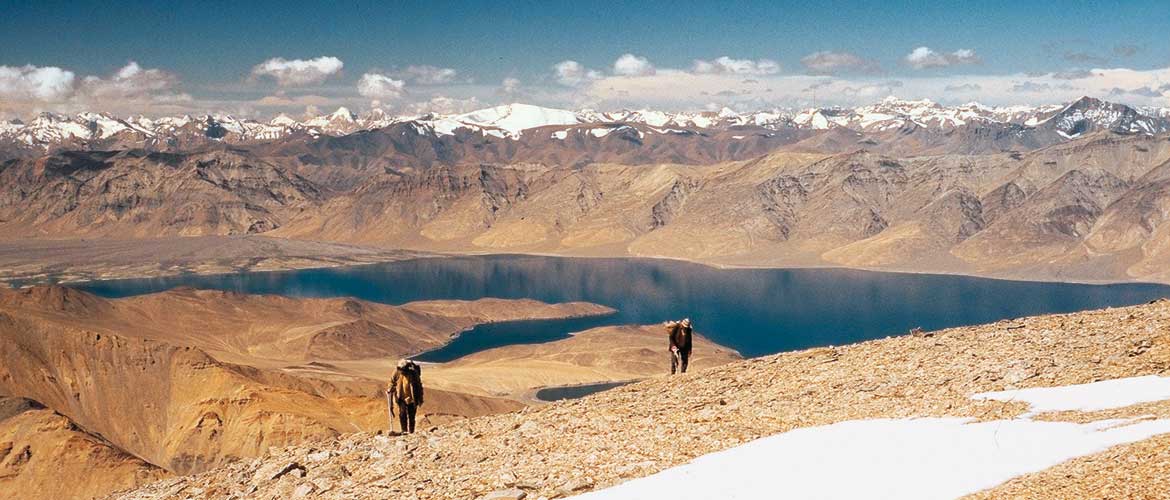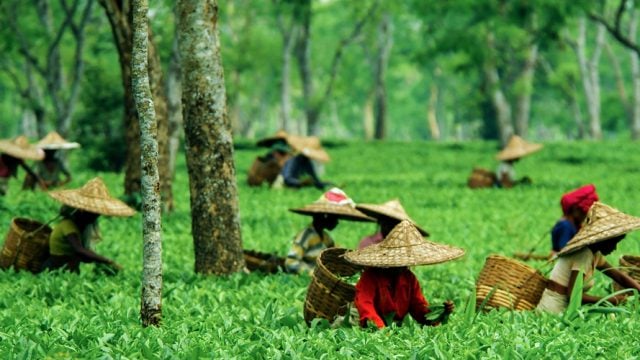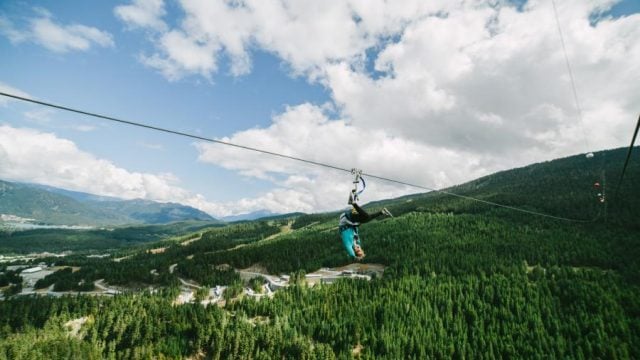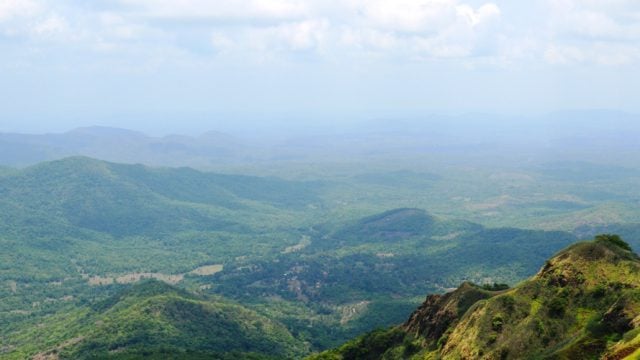The mighty Himalayan chain stretches from Arunachal Pradesh in Northeast India to Jammu & Kashmir,
A climbing or trekking trip in the Indian Himalayas can be more enjoyable if you acquaint yourself with the region’s rich geography, history and biodiversity.

History
The Himalayas have played an important role in shaping India’s history – in many ways, the two are inextricably linked.
For thousands of years, the Himalayas have protected the Indian Subcontinent from marauding Central Asian tribes. Their height prevents the moisture-rich clouds of the south-western monsoon from completely bypassing the country. The mountains also block cold winds from Central
Asia that would have turned the Great Indian Plains into a cold desert. All the great rivers in north India originate from glaciers high up in these mountains. The rivers also carry rich alluvial soil from these ranges down to the plains, which results in extremely fertile soil that supports high agricultural yields.
Exploration and climbing, as we know it today, commenced with ‘The Great Game’, a term used to describe the rivalry between the British and Russian empires. Both sought to gain control over Afghanistan – the British to protect the ‘Jewel in their Crown’ and the Russians to strengthen their control over Central Asia. One of the most famous British soldiers to explore these majestic mountains was Francis Younghusband, who once led an expedition across Sikkim to Lhasa and explored parts of the Karakoram. Surveyors working for the British Empire systematically drew maps of each area. This resulted in the discovery of the highest peak in the world – Everest. All the pre-World War II Everest expeditions passed through Sikkim in their attempts to scale the peak from the north.

The Himalayan Club was formed in 1928 to help visiting British moun-taineers. Its main role was to assist mountaineering expeditions in India. Over the years, the number of climbers and explorers visiting India steadily increased. Some of the better-known early expeditions were those led by Hugh Ruttledge around Kumaon. In 1905 and 1907, Arnold Mumm and Charles Bruce spent five months in Garhwal and climbed several peaks. Dr Longstaff climbed Trisul (7,120m) in 1907 – it held the record of the highest peak to be climbed in the world for several years. Frank Smythe, who reached the summit of Kamet in 1931, broke that record. His record was broken when Nanda Devi was conquered in 1936. The Nanda Devi Sanctuary was explored by Eric Shipton and Bill Tilman in 1934, an important event in the history of the Indian Himalayas.
After 1947, the dispute over Kashmir began; it continues to be a sore point between India and Pakistan even today. Partition demarcated the frontiers between the Indian East Karakoram and Pakistan-held West Karakoram. India has had four major wars, each of which saw battles in the Himalayan range. The first was against China (1962) in Arunachal Pradesh and Ladakh. The Chinese invasion chan-ged the long-held perception that the Himalayan range was impregnable and that it could defend the nation against all enemies. Since then, the Indian Army has set up posts all along the Indo-China border. The next three wars were against Pakistan – the Kashmir war in 1965, the Bangladesh Liberation War in 1971 and the Kargil war in Kashmir in 1999. In East Karakoram, conflict over the Siachen Glacier started in 1984 and remains a point of contention between India and Pakistan. It has been the longest, highest and bloodiest high-altitude conflict in the history of the world. Despite several wars, border disputes have not been resolved and tensions flare up often. These wars have affected trekkers and climbers over the years since movements in several areas were restricted. At the same time, accessibility to the higher reaches of the mountains has increased manifold due to the building of new roads.

The concept of trekking for pleasure developed in the West in the 20th century. After India gained independence, there were serious doubts about whether mountaineering would continue to flourish. Some of the people who ‘stayed on’, such as Jack
Gibson and John Martyn encouraged Indians to take up the sport. One of their students, Gurdial Singh climbed Trisul in 1951, the first peak to be climbed by an Indian on an Indian expedition. In 1953, Edward Hillary and Tenzing Norgay reached the summit of Mount Everest. To com-memorate this event, the Himalayan Mountaineering Institute was estab-lished in 1954 in Darjeeling (West Bengal) as Tenzing Norgay had made the town his home. The Indian Mountaineering Foundation (IMF) was formed in 1957 and has its headquarters in New Delhi. At present, there are many such institutes across India which contribute to the growth of the sport.

Trekking and Climbing in the Indian Himalayas
Today, the Indian Himalayas is visited by thousands of trekkers, both foreign and Indian, who are keen to explore this fascinating region and learn more about the people who have made it their home and the unique flora and fauna it supports.
There are different types of expeditions in India. Almost 100 Indian expeditions and a huge numbers of trekking teams visit the Himalayas every season. Besides, thousands visit the range as pilgrims or tourists. There are broadly two types of Indian expeditions. One category consists of expeditions organised and funded by government agencies such as the Indian Army, the Indo-Tibet Border Police or individuals selected by the IMF. Then there are many small Indian expeditions organised by private enthusiasts, as is the case in the West. They climb despite meagre financial resources, non-availability of good equipment and other difficulties. Such enthusiasts have greatly contributed to the exploration of the Himalayan ranges.

There are about 60 foreign expeditions to the Indian Himalayas every year. These teams come to India from European countries, the USA, Japan and South Korea. There have also been several joint ventures – expeditions consisting of Indian and foreign nationals. The IMF has a set of rules and regulations in place for such expeditions. An Indian official is appointed on every foreign expedition to accompany the team and assist them in securing custom clearance and permits.
Regions of the Indian Himalayas
The Indian Himalayas broadly consists of the following regions:
■ Kumaon
■ Garhwal
■ Kinnaur
■ Spiti
■ Kullu
■ Lahaul
■ Kishtwar
■ Kashmir
■ Zanskar
■ Ladakh
■ East Karakoram
■ Sikkim
■ Arunachal Pradesh
Apart from Mount Khangchendzonga, there are no peaks higher than 8,000m in India (the 14 highest peaks in the world are above 8,000m). However, there are several peaks of heights above 7,000m, some of which have still not been scaled. Mountaineers and trekkers thus have a wide choice of trails to explore and peaks to climb.
Arunachal Pradesh
East Karakoram
Great Himalayan Range





